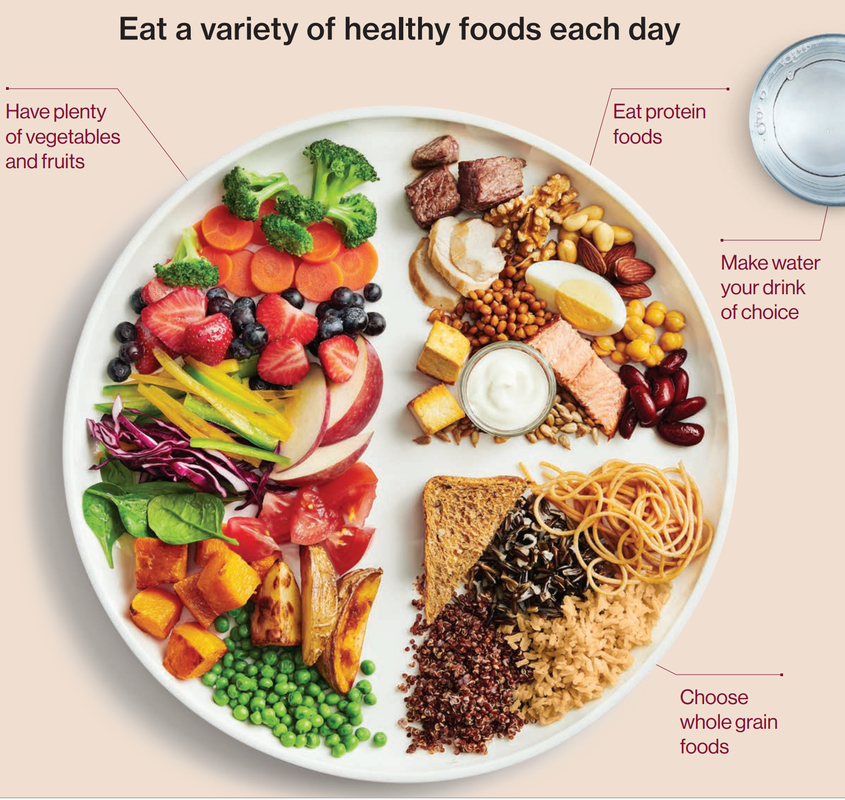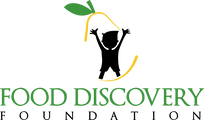PEW Curriculum Outcomes- FoodImpact School Nutrition Program
PEW Learning Outcomes – FoodImpact School Nutrition Program
Kindergarten Learning Outcomes:
1. Students examine personal characteristics, feelings, and emotions and explore understanding of self/ Children describe personal characteristics and explore feelings and emotions.
Grade 1 Learning Outcomes:
1. Students examine and connect a variety of foods to growth and development
2.Students investigate how healthy relationships in learning and playing environments are built through connection.
3.Students investigate growth and its connection to healthy practices.
Grade 2 Learning outcomes:
1.Students examine roles, responsibilities, and self-regulation and their connections to self-understanding.
2.Students examine internal and external factors that influence food choices and decisions.
Grade 3 learning Outcomes:
Students analyze different roles within varied contexts and examine how roles can support the development of talents, virtues, and resilience.
Grade 4 learning outcomes:
Students examine nutrition and explain how it informs decision making about food
2.Students evaluate aspects of nutrition and examine their benefits to well-being
Grade 5 learning outcomes are:
1.Students examine nutrition and explain how it informs decision making about food
1.Students evaluate aspects of nutrition and examine their benefits to well-being
Grade 6 Learning outcomes:
1.Students examine access to food and its effect on making decisions related to nutrition.
Food Security:
2.Students consider and describe a variety of perspectives that support the development of healthy relationships.
Kindergarten Learning Outcomes:
1. Students examine personal characteristics, feelings, and emotions and explore understanding of self/ Children describe personal characteristics and explore feelings and emotions.
- Exploring likes, dislikes, trying new foods, how they felt about trying, how their peers felt about it and discuss how we all have different preferences. Key message is to celebrate trying and our differences.
- Students must give consent to try something new – may be verbal or nonverbal. They are taught about how to give verbal and non-verbal forms of liking a food (yum, delicious, mmm, tasty, rub tummy, smiling) and disliking food (no thank you, maybe next time).
- Students discover how foods can help the body and how that relates to their everyday life
- Students discover how foods can help the body and how that relates to their everyday life
- Hand washing, food washing and why
Grade 1 Learning Outcomes:
1. Students examine and connect a variety of foods to growth and development
- Differentiate between whole foods and processed foods reference to grocery store – where you can find both, examples with raspberry vs fruit roll up
- Examine decision making in food selection.- How does this food make me feel? Am I hungry?
- Identify foods that contribute to the growth and development of the body Superpower theme and Canada Food Guide
2.Students investigate how healthy relationships in learning and playing environments are built through connection.
- Describe the ways community supports relationships with others – whipping cream activity and food riddles as teams
3.Students investigate growth and its connection to healthy practices.
- Describe how the body grows and changes over time à Introduction to how foods support growth and development of bodies.
Grade 2 Learning outcomes:
1.Students examine roles, responsibilities, and self-regulation and their connections to self-understanding.
- Explain the benefits of self-regulation with it comes to eating – mindful eating practices with self reflection. Choosing with purpose.
- Describe strategies that support self-regulation and practise – Self reflection, choosing with purpose
2.Students examine internal and external factors that influence food choices and decisions.
- Discuss cues associated with hunger and thirst.
- Explore recommendations from a variety of food guidelines to support nutritional decisions.
- Examine personal food preferences and discuss with others
- Identify personal food allergens – peanuts and why we need to look out and be considerate of those people, even if we don’t have allergies
- Discuss ways that food provides insights into various cultures, practices, and traditions – holidays, class discussion
- Recognize how a variety of factors can affect healthy growth.
Grade 3 learning Outcomes:
Students analyze different roles within varied contexts and examine how roles can support the development of talents, virtues, and resilience.
- Identify emotions in a variety of situations.
- Explore the effects of food and hydration on the brain and body.
- Examine how food-preparation techniques can affect the characteristics of common foods.
Grade 4 learning outcomes:
Students examine nutrition and explain how it informs decision making about food
- Explain the effect of nutrition on well-being.
- Identify sources of credible nutritional information to determine the requirements for balanced food choices.
- Consider nutritional information that supports decisions related to balanced food choices.
- Explore benefits associated with various foods.
- Investigate food choices that require alternative sources of nutrition.
2.Students evaluate aspects of nutrition and examine their benefits to well-being
Grade 5 learning outcomes are:
1.Students examine nutrition and explain how it informs decision making about food
- hydration can affect body systems
1.Students evaluate aspects of nutrition and examine their benefits to well-being
- .Identify personal and environmental factors that influence perspectives.
Grade 6 Learning outcomes:
1.Students examine access to food and its effect on making decisions related to nutrition.
Food Security:
- access to food affects nutritional intake and an individual’s ability to make balanced food choices,
- access and cost within a variety of contexts can affect nutritional choices.
- Discuss sources of nutrition from various cultures and traditions – Specifically First Nations in Alberta
2.Students consider and describe a variety of perspectives that support the development of healthy relationships.
- Examine the connections between perspectives and social and emotional well-being.
Kids Can Cook - ATCO Blue Flame Kitchen
Delicious recipes and kitchen safety for children. Created by ATCO Gas Blue Flame Kitchen
| ATCO Blue Flame Kitchen |
Healthy Eating for Preschool - Grade 1
Colorful and well laid out booklet on healthy eating for young school aged children. Created by BCdairy.ca
| foodfingersandfun.pdf |
Kids in the Kitchen
Created by a variety of professional health organizations, this action kit is complete with lesson plans, food safety and kitchen safety guidelines, recipes, nutrition activities and resources for teachers to integrate nutrition and food incentives in school
| Kids in the Kitchen |
Alberta Health Services School Nutrition Curriculum
This is a great resource to use for classroom planning. It gives clear nutritional objectives and goals for each grade from one to nine. Each grade has age appropriate activities to make nutrition lessons collaborative and fun. Written by Registered Dietitians and Dietetic interns. For more information visit: http://www.albertahealthservices.ca/2918.asp
|
| ||||||||||||||||||||
Canada's Food Guide to Healthy Eating
Guidelines for healthy eating for all ages. Print your own copies: https://food-guide.canada.ca/en/
|
Alberta Health and Wellness - Healthy U Program
Created by Alberta Health and Wellness - Healthy Eating and Active Living Program. This website has many great resources, activities and nutrition information for educators (parents and teachers) who deal with children of all ages. Materials are age specific. Print or order at http://www.health.alberta.ca/health-info/HealthyU.html)
|
| ||||||||
Nutrition Action Magazine
Up-to-date, unbiased advice about relevant nutrition topics written by Registered Dietitians and other qualified health professionals.
http://www.nutritionaction.com/
http://www.nutritionaction.com/
Hand Washing:
It is important that your students or child develops the habit of hand washing before and after eating, playing outside, after coughing/sneezing/blowing nose, after touching animals and after using the washroom. It is best to enforce these practices daily at home, school and at friend’s houses to create a routine.
For best practices, teach children to use scrub hands with regular soap for at least 15 seconds. Make sure they know where the tricky spots are (between fingers and under nails) and to rinse properly with water.
Here are some great ways to keep children standing at the sink long enough for a good wash:
For best practices, teach children to use scrub hands with regular soap for at least 15 seconds. Make sure they know where the tricky spots are (between fingers and under nails) and to rinse properly with water.
Here are some great ways to keep children standing at the sink long enough for a good wash:
- Teach them a song that lasts 15 seconds and get them to sing it every time they wash hands (ABC’s, Old MacDonald had a Farm, etc)
- Hang a Where’s Waldo poster above the sink
- Post a new math problem that can be resolved in 15 seconds (shapes/patterns) For example: How many triangles do you see?
| Hand Washing information |
| Hand Washing Reminder- Poster |


